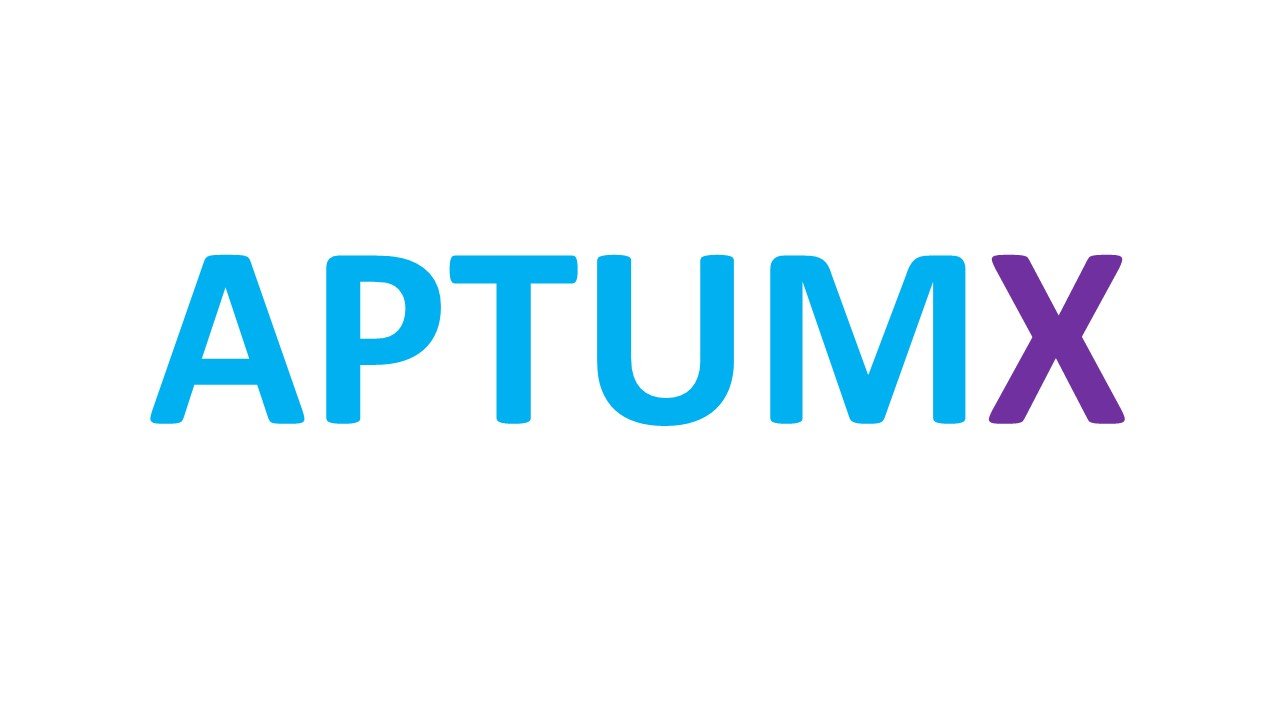Digital Twin Part 1 - Bridging the IT / Business digital divide
The digital inflection point
It’s been 70 years since IBM launched the 701, the first mass produced computer, the role of which was to process data. Still today computer systems are primarily used to store and retrieve data, and to perform calculations.
50 years ago, five IBM employees established SAP, the first packaged software specifically designed to process data to support business operations. Now, business is dependent on such products.
Today the word computer is yielding to the word digital, marking a fundamental shift in the way the role of such technology is perceived. One digital in particular is critical for business - the Digital Twin.
A legacy of technical inertia
Because computers were rightly seen as highly complex machines, they were once the domain of technical specialists. Today most people carry a computer in their pocket, although they don’t see their phone in that light. They can be exposed to a raft of software technology without a tech expert in sight.
This is not the case with business. Tech experts still dominate what an organization can and can’t do with digital technology. Business leaders defer to tech staff when it comes to the use of software systems to support their business operations. This can be a major cause of drag on progress.
For the last 70 years computer systems have been an operational aid, calculating payroll, keeping a record of inventory, producing invoices. They have been created by tech staff interpreting what they think the business does and what it needs. The result is usually suboptimal, requiring changes to the software, an exercise so challenging that SAP recommended ‘change the business, not the software’.
It’s no longer just about data processing
Now, the rate of change in the business world and the rate of introduction of new technology means that the relationship between technical staff and operational management is no longer viable when it comes to the systems used to run the business. Business leaders need to be able to more directly take responsibility for the systems on which their organization depends.
Controlling business is no longer a matter of processing data. It is about understanding how the organization functions, its activities, how they interact, how they can be improved and then having the ability to direct then in real-time to achieve the optimal outcome.
The concept of the Digital Twin is to replicate the real world in a digital model – an accurate copy. For the first time, businesspeople can see their operations in a digital form and can alter them directly and immediately. IT people are given a clear picture of the outcomes that business seeks and can focus on providing the latest technologies that support those outcomes. The Digital Twin model provides the bridge between the operational needs of the organization and the digital platform that is required to support them.
A Digital Twin is a model, which means that the components of business, its activities, resources and structure are all inter-related, enabling any change to be validated at the time it is made rather than going through the laborious testing regime that earlier software has always been subjected to.
Time to bridge the Divide
Digital Twin technology now enables us to bridge the Digital Divide between technology and how it is applied to business. And it is sorely needed.
One example of the Divide is Digital Transformation - a business upgrading exercise that aims to help organizations become truly digital. A McKinsey global survey is just one of the many studies that suggest that between 75% and 90% of such initiatives fail.
Similarly, packaged software application implementations fail 75% of the time on the first attempt. Even just upgrading to a new release of software can take years – as many as five, for the latest version of SAP in larger organizations.
The resulting drag on business and the high cost of low productivity in an increasingly price-sensitive time would not be the case if a Digital Twin were used.
Change to and in real-time
The ability to change a Digital Twin means that it can be continually evolved, operations improved, and new technologies adopted without having the disruption of a software upgrade process.
Technical staff are still required to support the ‘plumbing’, such as the provisioning of infrastructure, system security, and integration with other software where this is not straight forward.
With a Digital Twin tightly coupled to all aspects of a real-world organization, workflows automated and the integration of IoT control and monitoring devices, the Digital Business becomes a real-time business - decisions can be made in real-time.
The Digital Twin makes an organization ultimately agile. This is the future.
Now go on to read in Part 2 how, in the Business Digital Twin, whole-of-business automation finally fulfils the potential it has failed to realise for so many years.

